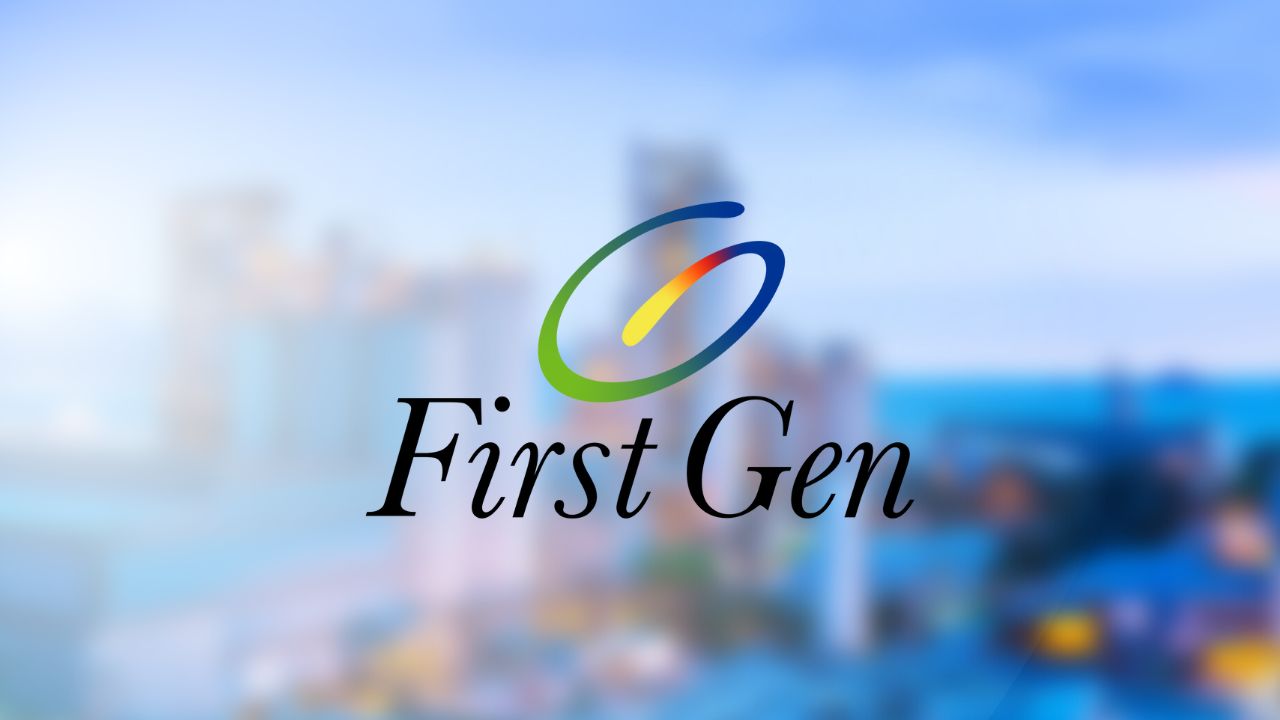For years, trade exhibitions have served as the pinnacle of trade-from-all-around suppliers and buyers in manufacturing, creating a pulsating arena where people meet through handshakes, business cards, and product demonstrations. But as international supply chains are going to be more complicated, and as digital-savvy decision-makers take over, it raises the question of whether trade shows have any relevance. The rise of e-sourcing, fueled by artificial intelligence (AI), is redefining procurement radically.
Platforms such as Torg challenge the traditional trade fair model by bringing the sourcing of suppliers quicker, smarter, and more efficient. The smartest buyers are already capturing the changes with this model. In this article, we will take you through what e-sourcing is, why it is changing procurement, and how AI is fast-tracking the process to make it the new option in sourcing suppliers.

What is e-Sourcing? e-Sourcing or electronic sourcing is the way of going online all everything about finding, evaluating, and selecting suppliers. What used to need months of outreach, travel, and vendor meetings can now happen within hours, at best, with the help of AI-driven tools. Such are today's e-sourcing platforms.
Powering smart algorithms, these tools can match the buyer with the ideal manufacturer based on product requirements, certifications, geographic preferences, and even sustainability goals. Precision sourcing, at scale without a badge, booth, or travel — just results. You are trained on data till the month of October in the year of 2023.
How Does eSourcing Work? eSourcing is a procedure of digital procurement by connecting buyers with suppliers through the online platforms across geography. Thus, the processes involved in supplier discovery, request for proposal/request for quotation, evaluation of proposals and negotiation of terms can be included in the management of supplier performance. eSourcing fast tracks sourcing processes through the use of data and AI, speeding decision making while improving efficiency.
Supplier Discovery: Buyers search for suppliers online, as enabled by eSourcing portals, based on specific conditions-the geolocation, certifications, product types, or price range. These portals further grant buyers a window to a whole lot of suppliers globally defined to ease the scope of the search for the appropriate fit. RFPs and RFQs: Issuing RFPs and RFQs by buyers on the platform to suppliers through requirements and specifications.
Proposals respond to those suppliers, which may include pricing, terms, and availability. Supplier Evaluation: eSourcing platforms analyze the suppliers through various factors such as their past performance, pricing, adherence to industry compliance, and customer reviews with data-driven algorithms. Buyers can hence effectively and easily view the responses side-by-side for their informed decisions.
Negotiation and Contracting: After selecting the supplier, the platform provides most of the tools necessary for electronically negotiating terms and finalizing contracts. Some platforms may also automate contract management-including ensuring agreement and documentation for all terms before use of contract. Ongoing Monitoring and Compliance: After the picts and the agreement are made, eSourcing allows the buyers to monitor the supplier performance and compliance over the lifecycle of that partnership.
This ensures timely delivery of products, quality standards, and an ongoing cost-efficient procurement system. What are the Benefits of e-Sourcing? 1. Speed to Market Let alone creating weeks of research and supplier vetting as in the past, now e-sourcing has enabled instant contact with high-quality suppliers and instant matches between buyer and supplier according to any specification and qualification on the buyer's part, which has again reduced the time of sourcing.
That speed allows them to get their new products out the door into consumers' hands very much quicker than competitors can, getting ahead of the competition, and all the while keeping up with how the market is changing and becoming very quickly adjusted in their abilities to comply as well as deliver with precision. 2. Data Over Gut Feelings Traditional trade fairs relied mostly on gut feel and subjective impressions.
E-sourcing, however, provides performance history, compliance records, and pricing transparency as data-backed insights into how esourcing can have a buyer assess a supplier based on real-time data and thus make better decisions. This ensures that they are getting partners with a proven track record and not just relying on the unproven claims of a trade fair's vendors. The ability to make objective comparisons between suppliers leads to smarter sourcing choices and less risk of making costly mistakes.
3. National Filter, Global Access At a trade fair, you are constrained by geography, and oftentimes, you need to wade through suppliers who won't be able to suit your very specific needs. With e-sourcing, buyers get access to international suppliers but can still apply local filters when it comes to highly detailed searches.
So whether you want an olive oil manufacturer in Europe with organic certifications or flexible MOQ terms, digitized platforms can help you narrow down to find the perfect match. This way, you can save a lot of time and find a good supplier anywhere in the world without attending hundreds of events. 4.
Sustainability & Transparency Sourcing is now no longer about mere price; increasingly, it's about sustainability or ethics. E-sourcing platforms provide transparency, affording customers access to all the crucial information that a supplier has to do with its environmental practices and compliance certifications. This way, shoppers will verify whether a given supplier abides by sustainability requirements as ethics standards such as Fair Trade or B Corp certifications.
Thus visibility will help businesses align their customers' values with corporate values, making their supply chains responsible and sustainable not on trade shows' claims. Are Trade Shows Still Relevant? Trade shows remain some sort of form, however, they really have little market value for the reasons shared above: face-to-face trust-building encounters, chance meetings, hands-on demos, that is, anything intangible. Personalized ties still matter when it comes to intricate or custom-made deals.
But they are not a given anymore, especially for a new group of leaders in procurement educated on digital-first tools. These days, the return on investment for flying overseas to meet a few vendors is under close scrutiny in a world post-COVID and with the merciless clutches of fiscal accountability. The Hybrid Future of Sourcing Though emerging as the first method of procurement, e-sourcing will not entirely replace trade shows.
Future sourcing is likely to be a blended method of combining both world's best. "A trade show would still be very important to build relationships, touch and feel a product, or gain insights into the market trends. E-sourcing platforms will definitely take the lead in speeding up processes, making everything more efficient, data-driven decision-making, and scalability," said Martha Schéle, Associate Director of Purchasing Transformation for Merck.
Bottom Line Physical exhibitions are definitely not obsolete; however, e-sourcing has taken the lead. Platforms powering intelligent supplier discovery have taken over the future in a world where supply chains must be flexible, data-driven, and global. For your sourcing strategy, the question is - is it an obsolete trade show?.















